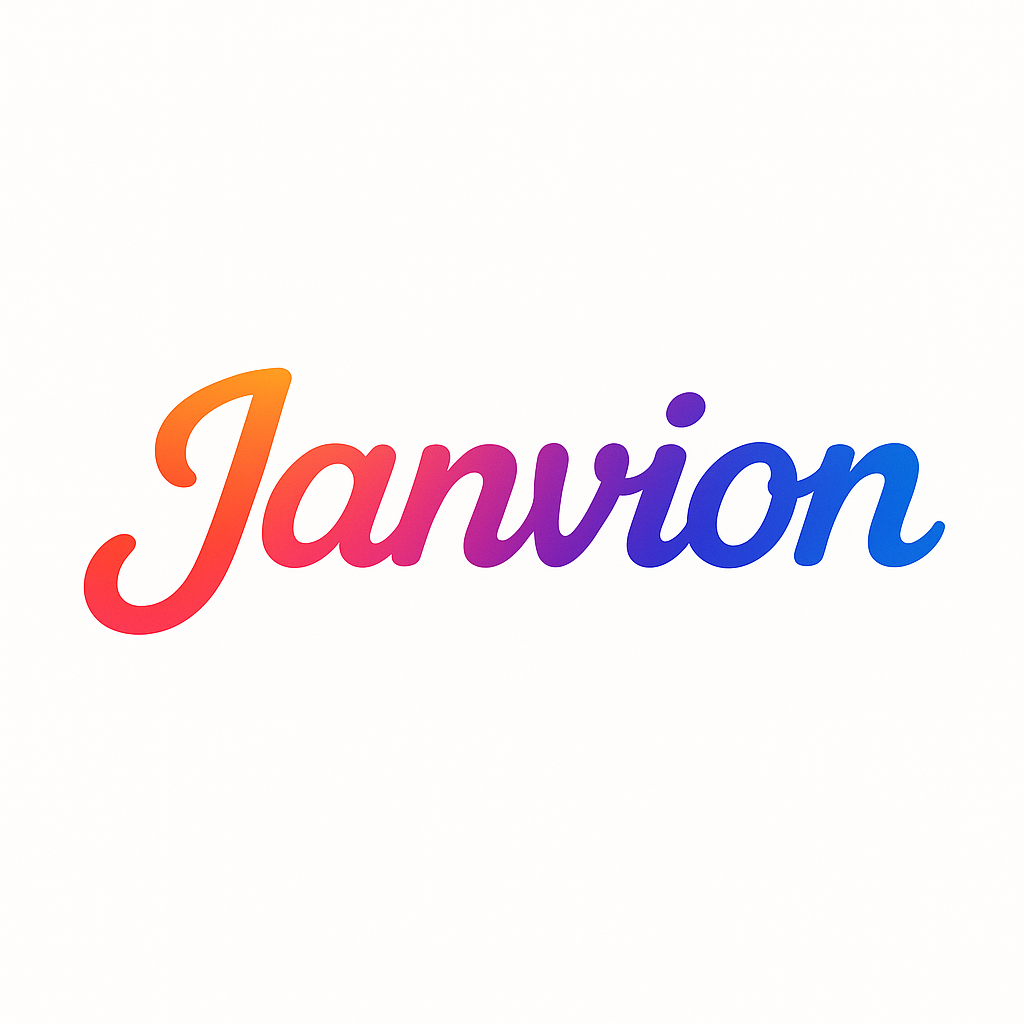The sales department, often dubbed the revenue engine of any organisation, is rarely a monolithic entity. Its effectiveness hinges significantly on its internal organisational structure. A well-designed sales structure ensures clarity of roles, maximizes efficiency, aligns efforts with strategic goals, and ultimately drives consistent growth. Without a clear blueprint, even the most talented sales professionals can find themselves operating in silos, duplicating efforts, or missing critical opportunities.
We explore the common organisational structures found within a standard sales department, dissecting key designations, their distinct roles, and the crucial responsibilities that propel a company’s offerings from mere potential to profitable customer relationships.
The Foundation: Understanding Sales Structures
Sales organisational structures are designed to optimise the sales process, allowing teams to specialise and focus their energy where it will yield the greatest results. While variations exist, most structures build upon a few fundamental models:
- Geographic Structure: Sales reps are assigned specific territories (e.g., North America, Europe, Midwest). This allows for deep regional market understanding and reduced travel costs.
- Product-Based Structure: Reps specialise in selling a particular product line or service. Ideal for companies with diverse or highly complex product portfolios.
- Customer/Segment-Based Structure: Teams focus on specific customer segments (e.g., Enterprise, Mid-Market, SME – Small & Medium Enterprises) or key accounts. This enables tailored approaches and deep customer relationships.
- Functional Structure: This is arguably the most common and effective model for many modern B2B organisations, as it divides the sales process into specialised stages performed by different roles. This allows for hyper-focus and efficiency at each step.
- Hybrid Structure: Most large or complex organisations employ a hybrid model, combining elements of two or more of the above structures to meet their unique market and product needs. For instance, a company might have a functional structure (SDRs, AEs) operating within a geographic or customer-segment framework.
For the purpose of detailing designations, roles, and responsibilities, we will primarily focus on the functional structure as it offers the clearest distinction of roles from the initial outreach to post-sale care.
Key Designations, Roles, and Responsibilities in a Standard Functional Sales Department
I. Sales Leadership
The sales leadership team sets the vision, strategy, and culture for the entire department, ensuring alignment with overall business objectives.
- Vice President (VP) of Sales / Chief Revenue Officer (CRO)
- Role: The highest-ranking sales executive, responsible for the overall revenue strategy, sales performance, and inter-departmental alignment. A CRO’s role is broader, encompassing marketing, sales, and customer success under one revenue umbrella.
- Responsibilities:
- Developing and executing the comprehensive sales strategy to achieve revenue targets.
- Setting sales quotas, forecasting revenue, and managing the entire sales budget.
- Building, coaching, and mentoring the sales management team.
- Analysing market trends, competitive landscapes, and customer behavior to inform strategy.
- Collaborating closely with marketing, product, and customer success to ensure seamless customer experience and product-market fit.
- Representing the sales department at the executive level.
- Sales Director / Regional Sales Manager
- Role: Manages multiple sales teams or regions, ensuring strategic initiatives are executed and regional targets are met. They bridge the gap between executive vision and day-to-day team operations.
- Responsibilities:
- Translating the VP’s strategy into actionable plans for their respective teams/regions.
- Monitoring and analysing sales performance data across teams, identifying trends and areas for improvement.
- Recruiting, hiring, and onboarding new sales managers and high-potential individual contributors.
- Facilitating cross-functional collaboration within their domain.
- Implementing sales training programs and fostering a high-performance culture.
- Sales Manager / Team Lead
- Role: The direct leader and coach for a team of individual sales representatives (e.g., SDRs or AEs). They are responsible for the daily performance and development of their team members.
- Responsibilities:
- Setting individual sales targets and ensuring team quotas are met.
- Conducting regular 1:1s and performance reviews, providing constructive feedback and coaching.
- Monitoring sales activities (calls, emails, meetings) and pipeline health.
- Assisting reps with complex deals, objection handling, and negotiation strategies.
- Onboarding and training new sales representatives.
- Motivating the team and fostering a positive, competitive, and collaborative environment.
II. Pre-Sales / Lead Generation Roles
These roles focus on the initial stages of the sales pipeline, primarily identifying and qualifying potential customers.
- Sales Development Representative (SDR) / Business Development Representative (BDR)
- Role: The front line of outreach, responsible for outbound prospecting (SDR) or qualifying inbound leads (BDR) before handing them over to closing teams.
- Responsibilities:
- SDRs: Researching potential clients, identifying decision-makers, and initiating cold outreach (calls, emails, social media) to generate new leads.
- BDRs: Responding to and qualifying inbound inquiries (e.g., demo requests, content downloads) based on established criteria (e.g., BANT – Budget, Authority, Need, Timeline).
- Educating prospects about the company’s offerings and assessing their fit.
- Scheduling initial meetings or discovery calls for Account Executives.
- Maintaining accurate records of all interactions in the CRM.
III. Closing Roles
These individuals manage the core sales cycle from qualified lead to closed-won deal.
- Account Executive (AE)
- Role: The primary deal-closer, responsible for managing the sales cycle from qualified opportunity to signed contract. They are the face of the company during the crucial value demonstration and negotiation phases.
- Responsibilities:
- Conducting in-depth discovery calls to understand prospect pain points, goals, and specific needs.
- Delivering tailored presentations and product demonstrations, highlighting value proposition and ROI.
- Building strong relationships with key stakeholders and decision-makers within target accounts.
- Handling objections, addressing concerns, and negotiating terms and pricing.
- Collaborating with pre-sales, product, and legal teams to craft winning proposals.
- Forecasting individual pipeline accurately and updating CRM diligently.
- Driving deals to close and meeting individual sales quotas.
IV. Post-Sales / Retention & Growth Roles
These roles focus on customer satisfaction, retention, and expanding relationships post-purchase.
- Account Manager (AM)
- Role: Focuses on nurturing relationships with existing clients to ensure satisfaction, drive renewals, and identify opportunities for account expansion (upsell/cross-sell).
- Responsibilities:
- Acting as the primary point of contact for a portfolio of existing clients.
- Conducting regular check-ins and business reviews to assess client health and satisfaction.
- Identifying and pursuing upsell and cross-sell opportunities within existing accounts.
- Managing contract renewals and renegotiations.
- Ensuring clients are maximizing value from the product/service.
- Collaborating with customer success and support teams to address client needs.
- Maintaining and growing revenue from the assigned client base.
- Customer Success Manager (CSM)
- Role: Primarily focused on ensuring customers achieve their desired outcomes using the product or service, thereby driving adoption, retention, and reducing churn. While often distinct from sales, in many organisations, especially SaaS, CSMs play a critical role in indirect revenue generation.
- Responsibilities:
- Onboarding new customers and guiding them through initial product adoption.
- Proactively monitoring customer health and usage data to identify risks and opportunities.
- Providing proactive guidance, best practices, and support to help customers achieve their goals.
- Advocating for the customer internally (e.g., relaying product feedback to product development).
- Identifying potential upsell/cross-sell opportunities and coordinating with Account Managers or AEs when appropriate.
- Driving customer advocacy (testimonials, case studies, referrals).
- Working to maximize customer lifetime value and minimize churn.
V. Support / Enabling Roles
These roles provide the crucial operational backbone for the entire sales department.
- Sales Operations Specialist / Manager
- Role: The strategic and administrative support system for the sales team, focused on optimizing sales processes, technology, and data.
- Responsibilities:
- Managing and optimizing the CRM system (e.g., Salesforce administration).
- Analysing sales data to identify trends, bottlenecks, and areas for improvement.
- Developing and implementing sales processes, workflows, and best practices.
- Designing and administering sales compensation plans.
- Providing sales forecasting and reporting.
- Managing sales enablement tools and ensuring data integrity.
- Supporting sales training and onboarding related to tools and processes.
- Acting as a liaison between sales and other departments (e.g., IT, Finance).
Factors Influencing Organisational Structure Choice
The “standard” sales department structure is rarely one-size-fits-all. The optimal choice depends on several factors:
- Company Size & Growth Stage: Startups often begin with AEs handling the full cycle, while larger companies require more specialisation.
- Product/Service Complexity: Highly technical or customized solutions often benefit from specialised technical sales roles or more consultative AEs.
- Target Market: Selling to SMBs differs significantly from selling to large enterprises, influencing team structure and approach.
- Sales Cycle Length: Long, complex sales cycles may necessitate a more specialised functional breakdown, while shorter cycles might favor full-cycle reps.
- Customer Lifetime Value (CLTV): High CLTV encourages robust Account Management and Customer Success functions.
Conclusion
A well-structured sales department is not merely a collection of individuals hitting targets; it’s a finely tuned machine designed for efficiency, specialisation, and scalability. By clearly defining roles from leadership to front-line reps and support staff, companies can create a cohesive unit where every member understands their contribution to the collective goal of driving revenue. The continuous evolution of buyer behavior and technology necessitates ongoing evaluation and adaptation of these structures, ensuring the sales department remains the effective engine of growth for years to come.




